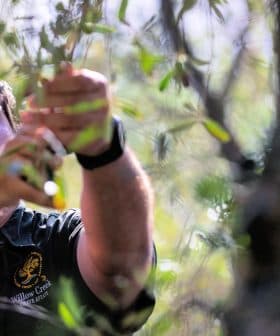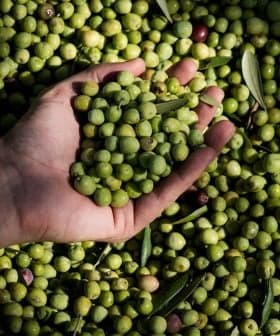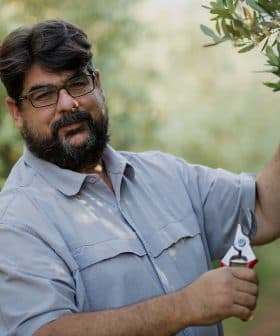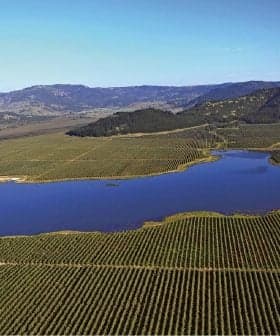Heat, Fruit Fly Hamper Harvests in Peru and Northern Chile
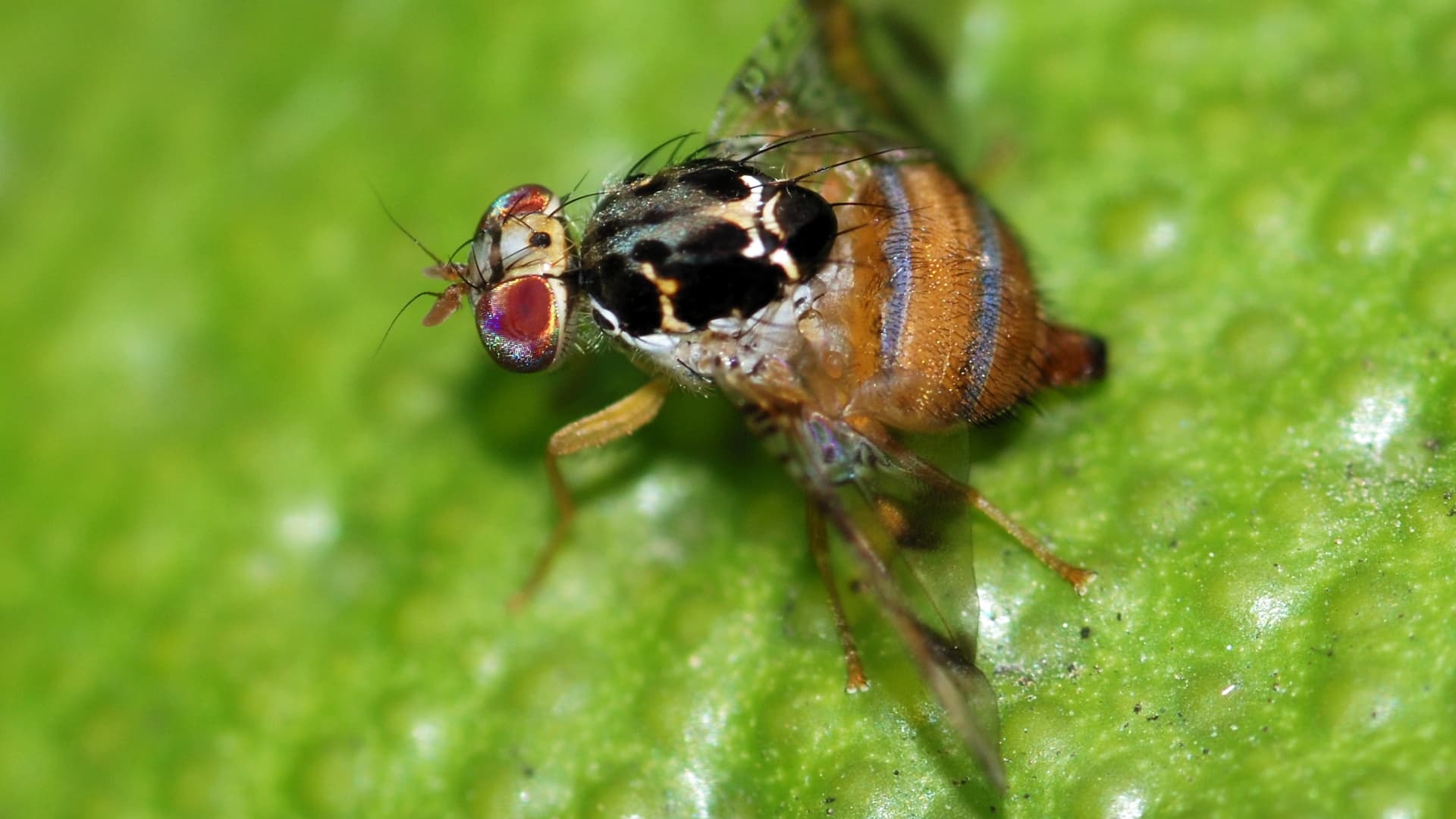
Unseasonably warm weather in northern Chile and southern Peru has led to a significant Mediterranean fruit fly infestation, impacting fruit harvests in the region. Agricultural experts are concerned about the spread of the fruit fly and are calling for decisive action by authorities and farmers to prevent further damage to olive trees and crops.
Unseasonably warm weather has resulted in an unprecedented fruit fly infestation and lowered an already poor harvest outlook in northern Chile and southern Peru.
“The Mediterranean fruit fly plague is causing havoc in the north of Chile and the south of Peru,” said Máximo Karl Paniagua, director of the Azapa Valley Olive Growers Association in northern Chile.
When El Niño develops, and there are these excessive heat waves, the conditions for the Mediterranean fruit fly and other pests to reproduce and spread are increased.
The invasive species – a close cousin of the olive fruit fly – feeds on more than 200 different types of fruit and vegetables. While citrus and stone fruit are its most common food source, females have been known to prey on olives.
Karl has seen evidence of Mediterranean fruit flies beginning to infest some olive trees in the region, with a more significant presence detected in trees that bore very little fruit and were left unharvested.
See Also:Olive Lace Bug Adds to Harvest Woes for Australian FarmersKarl and Gianfranco Vargas, a Peruvian olive oil producer and president of the cultural association Sudoliva, attributed the spread of the Mediterranean fruit fly to the unseasonably warm weather caused by El Niño.
“When El Niño develops, and there are these excessive heat waves, the conditions for the Mediterranean fruit fly and other pests to reproduce and spread are increased,” Vargas said.
Karl added that the warmer weather increases the chance that a larger portion of fruit fly larvae will make it to adulthood and be able to reproduce.
The recent heatwave experienced in the region further hampered the Peruvian olive harvest, with production now expected to fall below the 700 to 1,000 tons estimated a few months ago, right before the harvest began.
“The harvest has been very bad,” Vargas said. “Initially, we expected to harvest 10 percent of the normal amount. Now, we expect to harvest five percent.”
While the high temperatures have been the leading cause of the decrease in production, Vargas is also worried about the impact of the Mediterranean fruit fly infestations, particularly on the region’s centenary trees.
“The last time a Mediterranean fruit fly attack occurred in Peru was between 1925 and 1940. In Tacna, the infestation could not be controlled, and they had to cut down the olive trees,” he said. “That’s why in Tacna, Peru, you don’t find centuries-old olive trees like you can see in Arica.”
While previous El Niño cycles have resulted in small Mediterranean fruit fly infestation in northern Chile, Karl said these were all controlled quickly.
He added that Chile had previously executed a long-term plan and arrived at the point where the fruit fly was extinct in the country. Some estimate it will take five years to control the current infestation.
“Chile achieved the objective but has since stumbled,” he said. “The authorities relaxed the systems put in place to control the Mediterranean fruit fly.”
He believes authorities and farmers must act decisively before the olive trees begin to blossom in August to avoid another poor harvest and the further spread of the pest.
Karl also worries that if the infestation is not contained quickly, the Mediterranean fruit fly will spread to the country’s center, where most Chilean olive oil is produced.
According to Karl, Chilean authorities previously succeeded in eliminating the Mediterranean fruit fly by going from one olive grove to the next, applying treatments to kill the flies.
Authorities also attempted to control the infestation by irradiating Mediterranean fruit flies in captivity and releasing them into the valleys. The irradiated flies are sterile, and the idea is that they will mate with other flies to produce eggs that will never hatch.
Currently, Chile can irradiate 14 million flies per month, but Karl estimates that authorities must raise this threshold to 30 million to manage the infestation.
Based on the evidence that he has seen, Karl believes this infestation originated in citrus and tropical fruits grown in northern Peru and has been spread to southern Peru and northern Chile through the illegal smuggling of fruits and vegetables.
“There are more than 100 informal roads that cross the border into Chile, where there are no checks and goods, especially fruit, come in, and this has created the problem we are experiencing today,” he said.
Karl believes more people guarding the border could help crack down on smuggling but said underlying economic conditions will always make selling illegally smuggled Peruvian fruit in Chilean markets more profitable.
In the meantime, similar eradication measures are also being implemented to eliminate the Mediterranean fruit fly in southern Peru; Karl said these programs had not been entirely successful, further exacerbating the situation.
“It is important for us to work closely with our Peruvian counterparts to eradicate the Mediterranean fruit fly in every valley,” he said.



